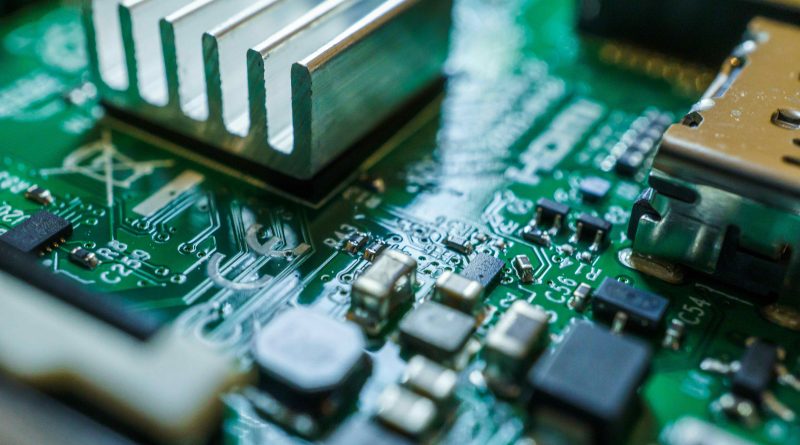Sustainable Computing and Eco-Friendly Hardware Innovations: The Future of Tech
Let’s be honest—our love affair with technology comes at a cost. Data centers guzzle energy like thirsty giants. E-waste piles up faster than we can recycle it. But here’s the deal: the tech industry isn’t ignoring the problem. In fact, sustainable computing and eco-friendly hardware innovations are reshaping how we build, use, and dispose of our devices.
Why Sustainable Computing Matters Now
You know that sinking feeling when your laptop overheats? Multiply that by billions of devices worldwide. The environmental impact of computing is staggering:
- Energy consumption: Data centers account for ~1% of global electricity use (and growing).
- E-waste: 53.6 million metric tons generated in 2023—only 17% recycled properly.
- Carbon footprint: A single data center can emit as much CO2 as 50,000 cars.
That said, the tide’s turning. From repairable laptops to solar-powered servers, innovators are flipping the script.
Eco-Friendly Hardware Breakthroughs
1. Modular Design: The “Lego” Approach
Imagine upgrading your phone’s camera without replacing the whole device. Companies like Framework and Fairphone are making it real with modular hardware. Screwdrivers replace soldering irons. Users swap components like battery, screen, or ports—extending device life by years.
2. Low-Power Chips: Doing More With Less
Apple’s M-series chips and ARM architecture prove efficiency doesn’t mean compromise. These processors sip energy while delivering desktop-grade performance. Even Intel and AMD are racing to cut power consumption—sometimes by as much as 40% in newer models.
3. Cooling Without the Carbon
Data centers typically waste 30-40% of energy on cooling alone. Microsoft’s underwater data centers (yes, really) use ocean water for natural cooling—cutting energy use by 40%. Meanwhile, Google’s AI-driven cooling systems adjust in real-time, like a thermostat that learns.
The Circular Economy in Tech
One word: recycling. But not the token “drop your old phone in a bin” kind. We’re talking about:
- Urban mining: Extracting gold, silver, and rare earth metals from discarded gadgets.
- Biodegradable PCBs: Printed circuit boards that break down safely (experimental but promising).
- Lease-and-return models: Dell and HP now take back old hardware for refurbishment or recycling.
It’s not perfect—recycling tech is still messy. But progress? Absolutely.
What’s Holding Us Back?
Well, a few things. Cost remains a hurdle—eco-friendly materials often pricier upfront. Then there’s consumer habits. We’re conditioned to crave the “new shiny thing” every two years. And let’s not forget…
- Planned obsolescence: Some manufacturers still design devices to fail.
- Supply chain complexities: Ethical sourcing of materials like cobalt is… tricky.
- Regulatory gaps: Only 78 countries have e-waste laws—many weakly enforced.
The Road Ahead: Small Wins, Big Impact
Change won’t happen overnight. But look at these bright spots:
| Trend | Impact Potential |
| Right-to-repair laws | Extends device lifespan by 3-5 years |
| AI-optimized energy use | Could cut data center emissions by 30% |
| Algae-based plastics | Non-toxic alternative for casings |
Honestly? The most exciting innovations aren’t just about hardware. It’s a mindset shift—seeing tech as something to nurture, not consume.
So next time your gadget slows down, maybe ask: Can I repair it? Rehome it? Or at least recycle it right? The future of computing isn’t just faster or smarter—it’s greener.

